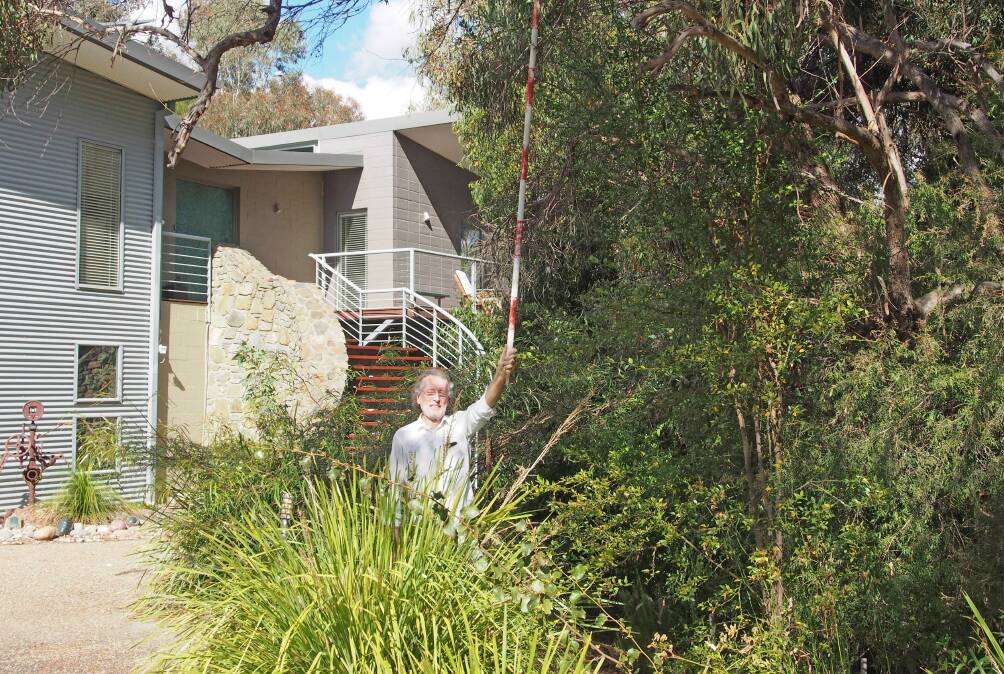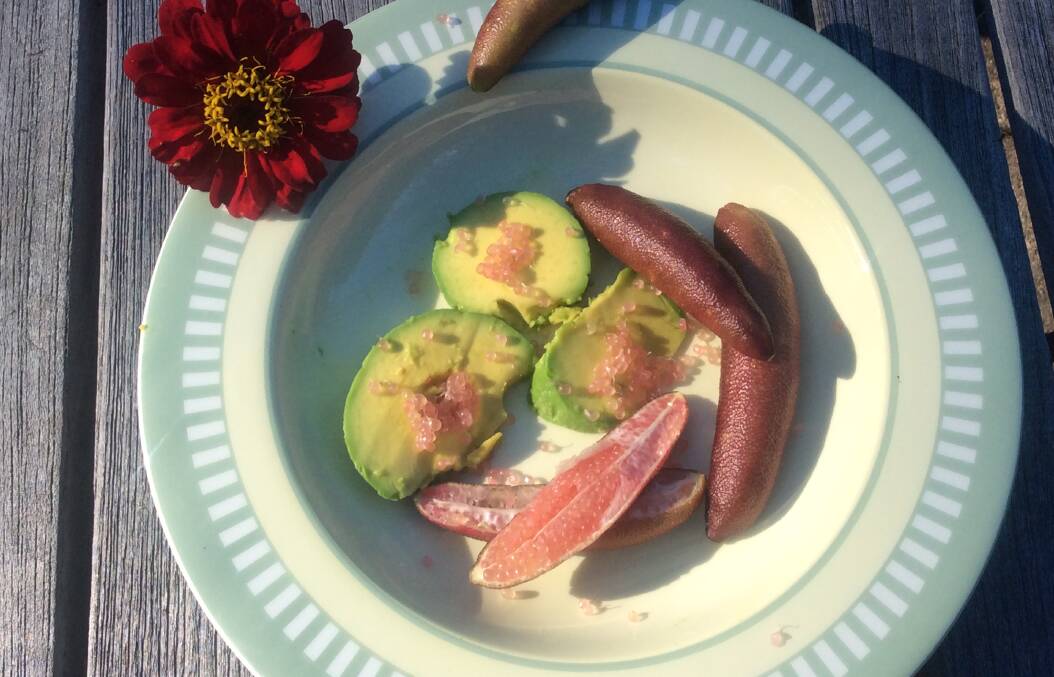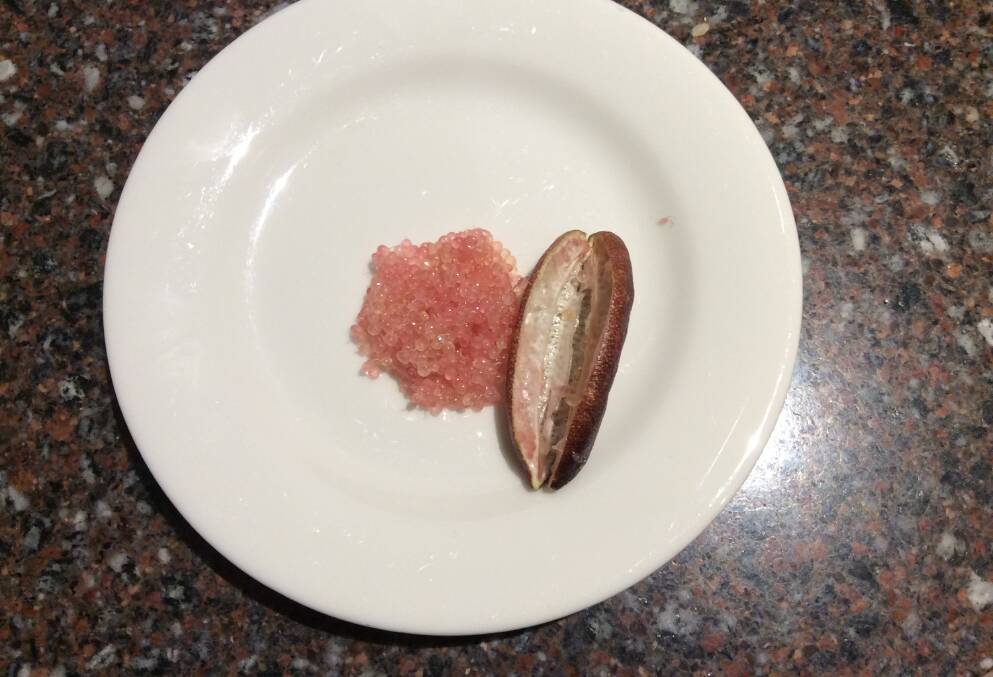
Forest Drive, off Lady Denman Drive, is lined with a double row of Kurrajong trees and Freefall Pin oaks. It leads to the National Rock Garden, where it was an unexpected delight to see Professor Brad Pillans, chair of the rock garden.
Brad explained there are eight large rocks (five to 16 tonnes) at the site, one from each state and territory. They were installed in 2013 as part of Centenary of Canberra celebrations and are known as the Federation Rocks. They were chosen for their special significance to the state/territory of origin. The ACT rock is limestone, 430 million years old, because Canberra was known as the Limestone Plains in the first years of European settlement and limestone was a valuable resource for making mortar for building purposes.
The National Rock Garden is moving to a prime site within the National Arboretum Canberra later this year, a move that will involve large cranes and trucks to lift and transport each rock. I have seen rocks as features in kitchen gardens from Royalla to Red Hill and Murrumbateman over the years, an image of a kurrajong tree growing out of a crack in a rock near Wee Jasper, an olive grove stabilised by rocks on a slope off the road to Captain's Flat and pumpkin vines scrambling over rocks in a local country garden.

While admiring the fossiliferous Chinaman Creek limestone from Queensland and the rich red iron ore from Western Australia and Hawkesbury sandstone, Brad referred to recent Kitchen Garden columns featuring the tallest lemon tree and largest orange tree in this district. He said that at home in Jerrabomberra, they have what might be the tallest Australian native finger lime tree in this district.
Brad is 190cm tall and his son, Geoff, photographed him holding a two metre survey pole which indicates that the finger lime is four metres tall. They bought the plant from a stall at Moruya markets about 10 years ago when it was 30cm tall. It was labelled Citrus australis (Dooga, or Round Lime) but it turned out to be Citrus australasica (Finger Lime).
The tree flowers most years, not profusely, but they rarely see any fruit, just a few to confirm it is a finger lime. The tree grows, unpruned, in a protected, sunny part of the Pillans' garden with overhead cover from an adjacent large eucalypt.
That led to an email to local expert amateur finger lime grower, Leo Dobes, of Griffith. He had a good crop this year and offered me some as, otherwise, he may "overdose on Vitamin C". Leo trims his tree every year because, once it reaches a certain size, it is difficult to get in to harvest the limes due to the thorns. The tree is currently about two metres tall but will be pruned soon.
It is protected by a large olive tree and a dogwood.

Eating citrus caviar
I collected a handful of Leo's finger limes from his letterbox and took four to a dinner party.
On my (incorrect) suggestion we sliced them lengthwise and spooned out the "citrus caviar" onto quarters of avocado. The taste is refreshing, a burst of lemon. I shared one with another friend who carefully scooped out all the small pink "pearls" (called vesicles) and was surprised that so much came out of something so small. She and her husband loved it and ate the lot with avocado, brown bread and a glass of vino. They reminded her of the explosion you get in your mouth when eating pomegranates, different size and taste of course.
Last week I visited Wiffens at Fyshwick Markets as their website said they had Australian finger limes for sale. These come in a punnet, $9.90 for 125 grams and are from Mogilla Farm in the Bega Valley. Each finger lime was slimmer than those grown by Leo Dobes but their rich red/brown pebbled skin is the same. However they also come with green or pink skin.
Finally I discovered that finger limes should be cut across the middle and the pearls squeezed out.
So I took half of one on my daily walk and squeezed it into my mouth. With their assertively tart punch it was a stimulating experience. In recent years they have been used by chefs in cocktails and desserts.
At a function at the National Arboretum Canberra, finger lime "caviar" was served on freshly shucked oysters and I have eaten them atop grilled salmon. As one eater of finger limes said to me, "I'm told that after a few glasses of vino, it doesn't matter which way the fruit is cut."





